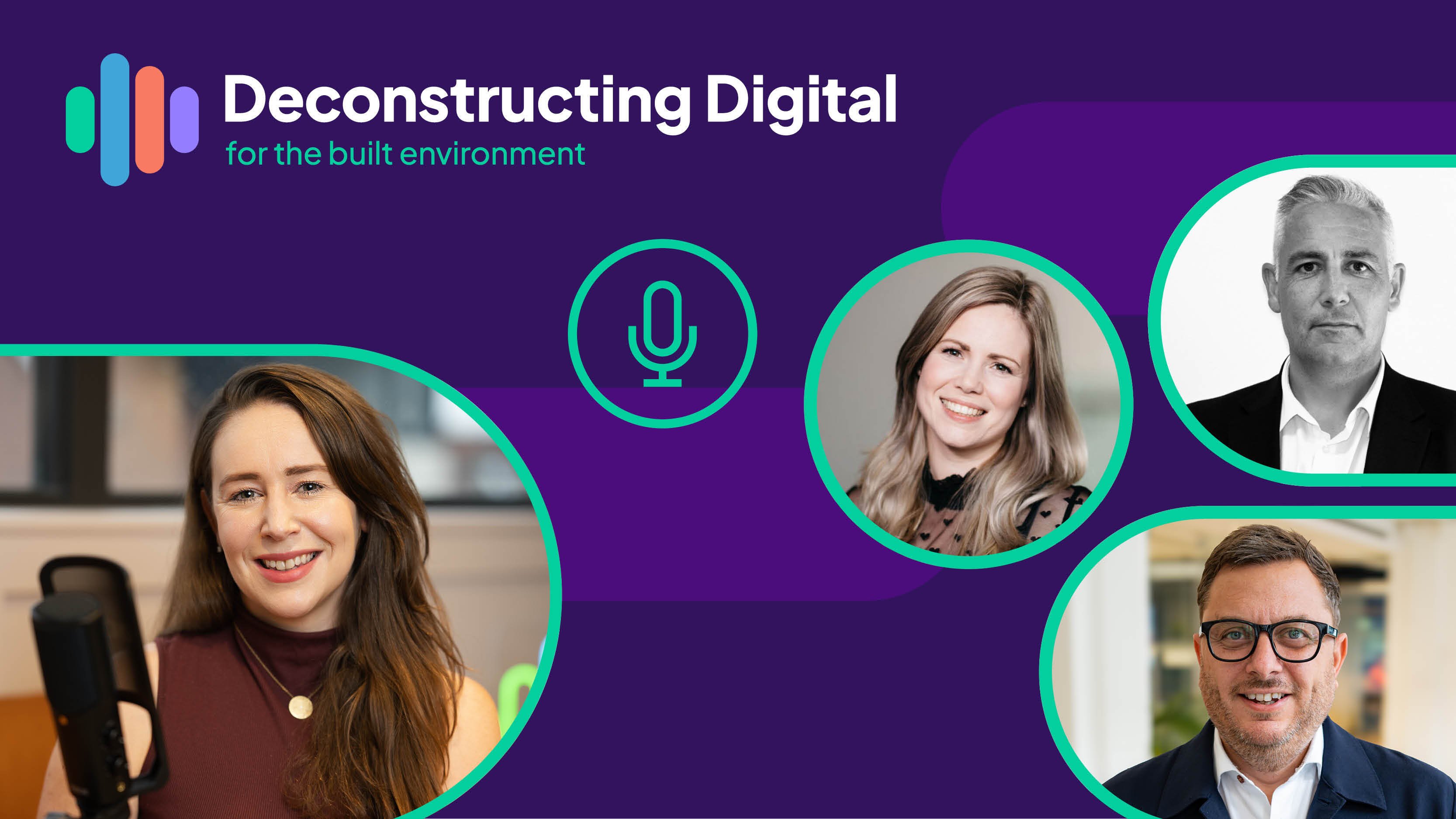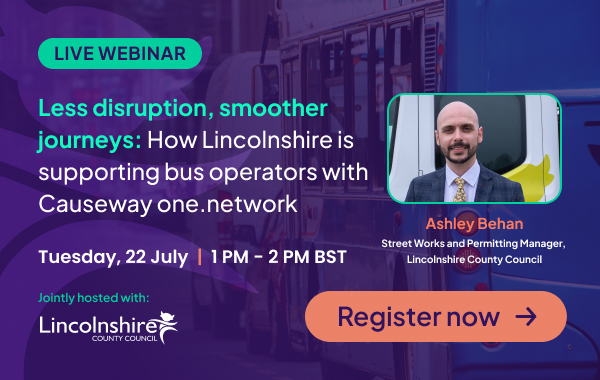Key takeaways on Breaking Silos, Powering Growth.
In industries as deeply rooted in tradition and hard-won experience as construction, digital transformation is not a simple ‘plug and play’ exercise. However, the successful integration of technology, data, and strategy has become a critical differentiator between stagnation and growth.
In a recent episode of Deconstructing Digital, Matthew Ayres, Managing Director of Bennie Group, shared how his company - a 90-year-old family-run business - has embraced technology to eliminate silos, improve efficiency, and accelerate expansion. His experience provides a valuable blueprint for organisations looking to modernise while maintaining their core identity.
To hear the full conversation, listen to the podcast here: Breaking Silos, Powering Growth with Matthew Ayres.
A legacy business in need of change
Many established businesses struggle with a fragmented digital ecosystem, often taking the form of multiple disconnected systems, manual processes, and no overarching strategy. Inefficiencies like these slow decision-making, increase costs, and create bottlenecks to growth.
“The Bennie Group is 90 years old this year. And so when I took over - well, when I joined the business originally full time in 2018 - I’d joined a legacy business, right? It had been finding its way with technology. It was a group of companies that had been bolting things on. And ultimately, and very classically, there was no strategy. There was no plan, and everything was ad hoc, and messy. And it required a lot of manual intervention, it had lots of silos all over the place, and nothing was particularly joined up.”- Matthew Ayres
Recognising that patchwork fixes would only prolong the inefficiencies, Ayres and his team took a bold approach: rip out the outdated systems and rebuild from the ground up. The aim was not just to upgrade technology, but to create a stable, scalable foundation that could support future growth.
The lesson here is that digital transformation is not about quick fixes. It requires a strategic overhaul of systems, processes, and culture to create a business that is adaptable and ready for long-term success.
Making the case for digital investment
For many traditional businesses, one of the biggest hurdles to transformation is securing leadership buy-in. Unlike investments in physical assets, such as equipment or infrastructure, digital investments often lack immediate, visible returns.
“I always remember the conversations with the board and the finance director at the time were always slightly tricky because, I mean, the starting point was basically we’re gonna run a multi-year project to kind of rebuild the IT infrastructure of the business. And by the way, I need to spend £100,000. And it’s also not something you’ll physically see.” - Matthew Ayres
To gain approval, the team had to reframe the investment in terms of tangible business benefits:
- Faster decision-making through real-time access to data
- Improved operational efficiency by automating manual processes
- Scalable systems to support mergers, acquisitions, and future business growth
By shifting the conversation from cost to business impact, Ayres positioned technology as a driver of profitability rather than an overhead expense.
The key to agile growth
For Bennie Group, digital transformation was not just about improved efficiency for a single business. Because many companies co-exist under the Bennie Group umbrella, with acquisitions being made regularly, it became a powerful way to add structure and uniformity to the group as a whole.
“The last five years have been problematic and fun and different and crazy for any business. But if we look at what we’ve done in our business in the last 12 months, we’ve got a multi-year strategy. 2024 was the realisation of it. We’ve been planning for it, trying to make it happen, get deals over the line, and get stuff working. But 2024 saw it happen. And those were largely mergers and acquisitions in our business, and they just would not have happened so successfully without technology underpinning it.” - Matthew Ayres
By removing silos and standardising technology, Bennie Group was able to integrate several businesses at speed. Key success factors included:
- Standardised IT systems ensuring operational consistency across business units
- Data-driven decision-making providing leadership with accurate, real-time insights
- Cultural alignment ensuring that employees embraced new systems and workflows
Successful technology adoption is the backbone of agility for organisations looking to scale. Without integrated processes and systems, growth can quickly lead to inefficiencies and operational strain.
The human element of transformation
While the right technology is important, the success of a digital transformation initiative is ultimately driven by people. Resistance to new systems, reluctance to abandon legacy processes, and a lack of digital literacy can all slow progress.
“I actually gave a talk [this] morning to the team, and I was encouraging all of our organisation to get excited about change. Because I said, look, we had an exciting 2024. 2025 is gonna be just as exciting, if not bigger. But please don’t think it’s done now, or the change is going to stop.” - Matthew Ayres
To drive the adoption of new technology and generate enthusiasm for the digital transformation project, Bennie Group focused on:
- Clear and consistent communication to build trust and transparency
- Feedback loops to refine processes based on employee experience
- Empowerment initiatives to encourage teams to take ownership of new systems
One major cultural shift was eliminating the reliance on spreadsheets.
“We have this rule in the business where spreadsheets are banned. And people go, well, that’s ridiculous. We don’t mean physically not using Microsoft Excel. What we mean is not using Microsoft Excel as a database.” - Matthew Ayres
By ensuring that all business data is managed within a structured, company-wide system, disparate teams could operate more efficiently and make better decisions.
Listen to the podcast
To hear the full conversation with Matthew, listen to the podcast episode 'Breaking Silos, Powering Growth' here.



.jpg?width=3333&height=1875&name=8222_Website_promo_AW5%20(1).jpg)